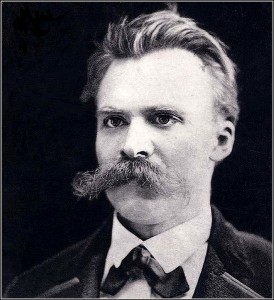Mussolini had three points that
were the most important in creating his idea of the perfect society. Mussolini
decided that Italy needed to have strong leadership, to stop the class wars,
and to destroy parliamentary government.
Mussolini said Italy needed strong,
charismatic leadership that could bring Italy up from its past shames it had
suffered. This charismatic, strong leader was in Mussolini’s mind, Mussolini. He
said that they needed to stop class conflict. His thinking was that by organizing
the economy in a way where everyone was producer that Italy would have great
economic growth and that the country would thrive.
Finally Mussolini’s biggest point
was that he wanted to destroy parliamentary democracy. How? By replacing it with
a more elite government. In Mussolini’s
mind this elite government happened to be Fascism (with Mussolini, of course). If
you haven’t figured it out already Mussolini was not a very humble man, and
despite his theatrics and his charisma the only thing he really managed to accomplish
was making the trains run on time.






